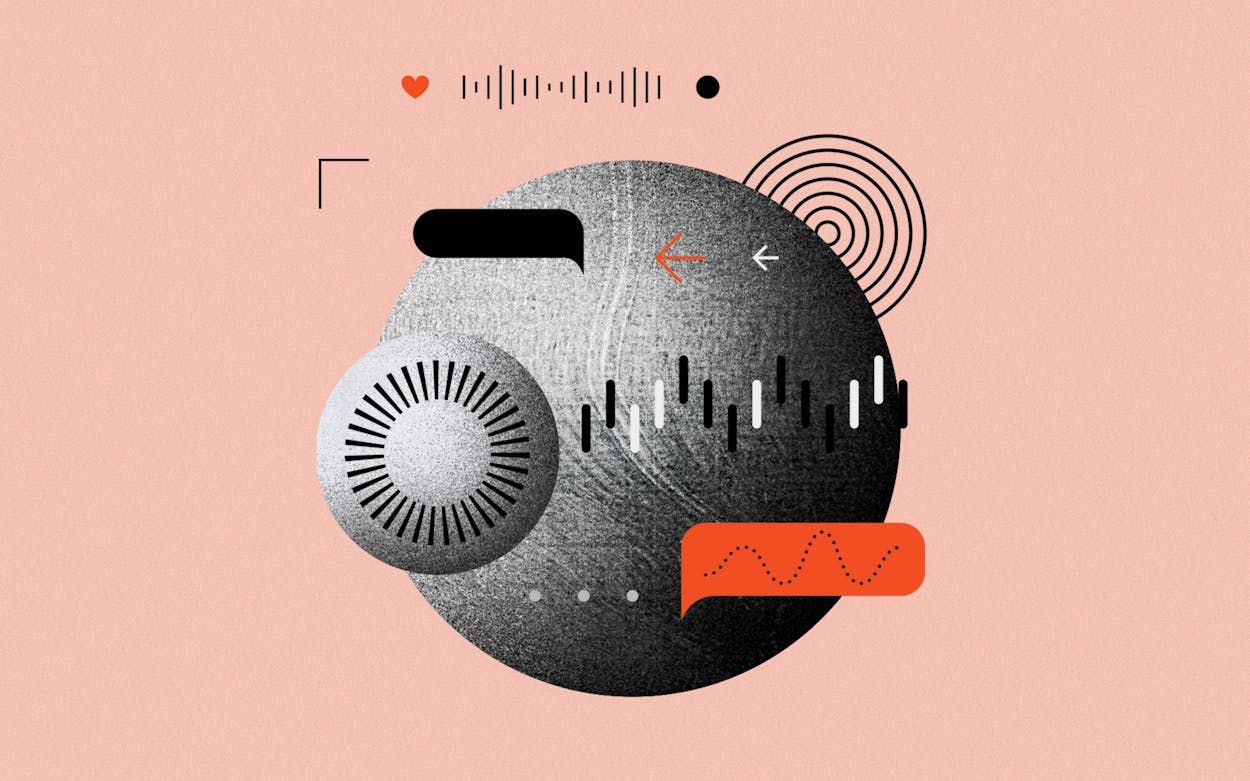On a Friday afternoon last summer, a patient, “Barb,” texted me: “Call me. I can’t breathe.” As a heart failure nurse serving rural patients, getting messages like Barb’s launches my adrenaline. I called her immediately.
A month earlier, I’d trained Barb to send daily vital signs via my clinic’s digital portal—blood pressure, weight, heart rate, and oxygen saturation. The previous week, her weight had trended upward. We’d already discussed minimizing her beverage and sodium intake. Barb was suffering from a congestive heart failure exacerbation: her lungs were filling with fluid. If we didn’t remove it, she’d need to be hospitalized or worse.
Once I was sure she wasn’t in emergency distress, I called the clinic’s cardiologist for instructions. Then I phoned Barb’s pharmacy and ordered a new diuretic to add to her regimen—a water pill so powerful in its fluid off-loading effect that I’ve nicknamed it the Bellagio. Within two hours, Barb had taken the pill and begun to urinate out the fluid flooding her lungs. By the next morning, she was breathing comfortably.
Without access to a telehealth program, Barb would probably have gone to the emergency room, then to the intensive care unit for expensive intravenous medications. Once she was sent home, the hospital would have charged her insurance company thousands of dollars for her short stay and the ambulance ride. Instead, Barb recovered after a single dose of the Bellagio, which at a local Walgreens costs about $2 a tablet.
Our cardiology clinic carries out monthly check-ins as part of our Chronic Care Management phone program, and we offer daily check-ins for patients who have advanced heart failure. We’ve seen how monthly phone contact allows nurses to catch medication errors and symptoms that patients might otherwise ignore. But it wasn’t until the pandemic, when we began leaning more heavily on telehealth options, that I really began to appreciate the connective value of remote medicine.
Doctor’s offices can be anxiety-inducing. We surround patients with uniformed staff and strange equipment that appraises your health, for better or worse. For many, even stepping onto the scale can feel like a character judgment. But once patient and provider were on lockdown, separated from those intimidating surroundings, the division between us dissolved. When we were both at home, sometimes still in our pajamas—our dogs barking, our oven timers dinging—doctor visits became less intimidating, even comforting.
Since March, our cardiologist has remarked multiple times that patients seem more comfortable speaking to him over the phone than they would if they were sitting in the fluorescent light of an exam room. The doctor-patient rapport has begun to mimic the camaraderie and intimacy that I share with my patients as a nurse. One day we may welcome patients back for in-person visits, but for now, we value how distance medicine can strengthen connections.
Recently a patient vomited while we were on the phone. I offered to hang up before she retched, but she insisted I stay with her because being sick made her feel lonely. “What’s worse than bowing down in front of a cold toilet, m’ija?” she asked.
The next time I called her, my allergies flared up and I couldn’t stifle a loud, bazooka sneeze.
“There you go, m’ija!” she laughed. “Now we’re even!”
A version of this article originally appeared in the July 2020 issue of Texas Monthly with the headline “The Unexpected Intimacy of Telemedicine.” Subscribe today.
- More About:
- Health







